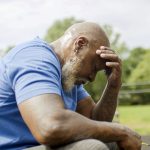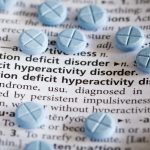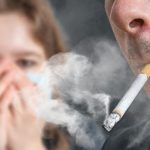
Magnetic zaps to the brain can significantly help people with severe depression, if the procedure is guided using MRI brain scans, a new clinical trial has concluded. On average, patients showed substantial improvements in depression, anxiety, cognition and quality of life for at least six months after undergoing MRI-guided transcranial magnetic stimulation (TMS), results show. One-third experienced a 50% improvement in symptoms, while one-fifth managed to go into remission and remain there. “Given these patients are people who have not responded to two previous treatment attempts and have been ill for an average of 7 years, to get such a significant response rate and a fifth who have a sustained response is really encouraging,” said researcher Richard Morriss, lead for the Center for Mood Disorders at the University of Nottingham’s Institute of Mental Health in the U.K.. TMS is a noninvasive outpatient treatment in which powerful magnetic impulses are delivered to the left side of a person’s head while they are conscious. The method has been used since the 1980s to treat severe depression in people who don’t respond to antidepressants or therapy, researchers said. However, the benefits of TMS have so far proven fleeting, tending to last just one to three months, researchers explained in background notes. In this clinical trial, investigators examined whether better targeting of the magnetic pulses could provide longer-lasting benefits… read on > read on >
























-300x200.jpg)













